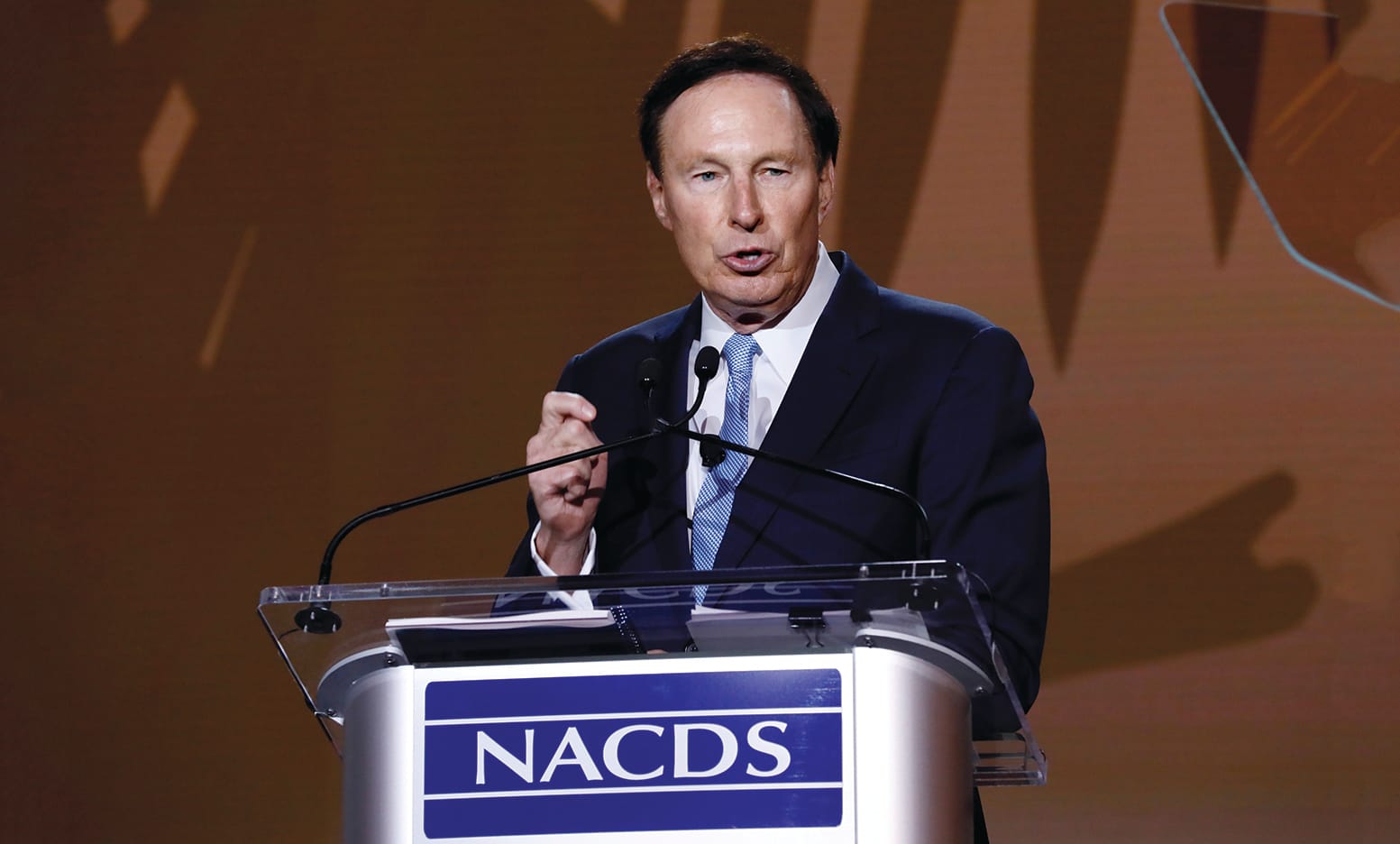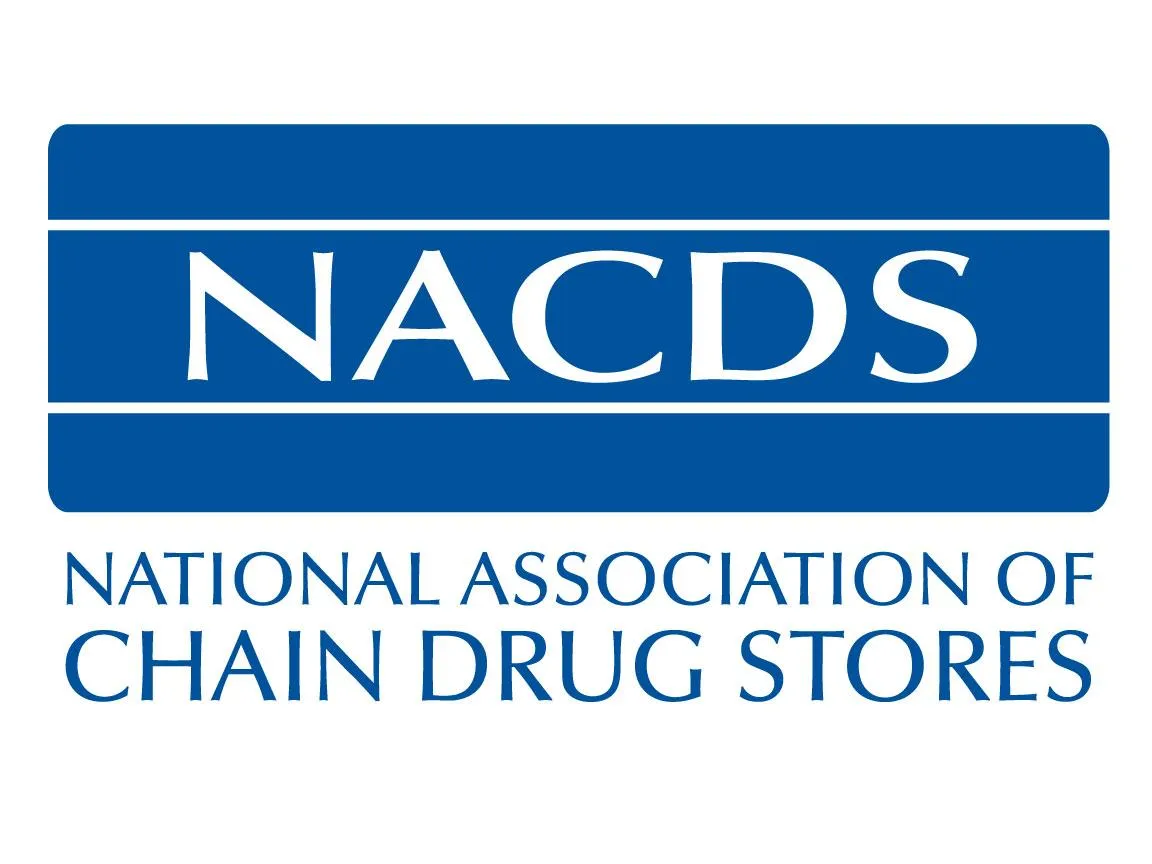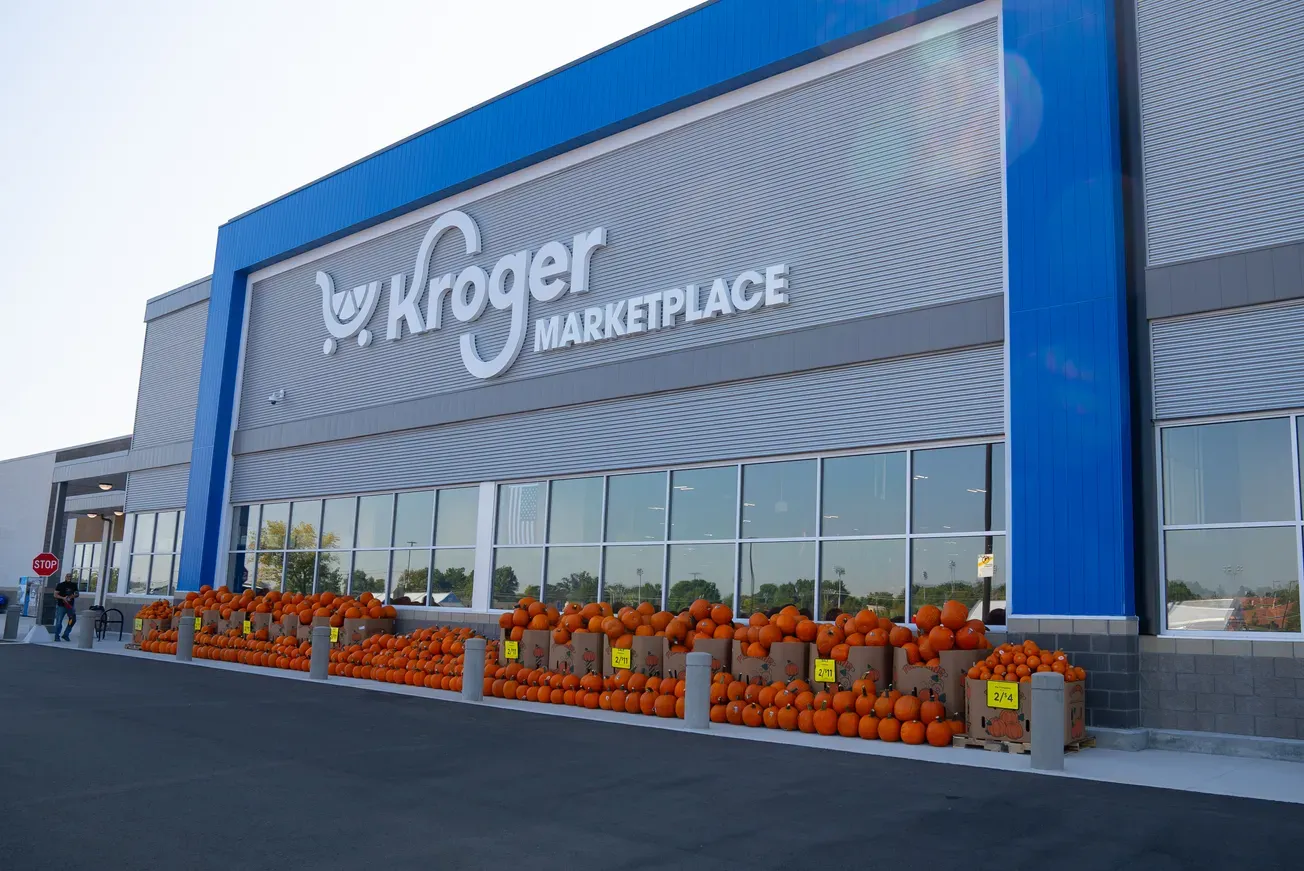
Steve Anderson at 2019 NACDS Annual Meeting
In an ever-changing retail universe, a world where today’s bright hope is tomorrow’s used-to-be, the National Association of Chain Drug Stores’ Annual Meeting, held each spring, remains the standard by which retail meetings are, or should be, judged. To borrow a well-known phrase, to those who regularly attend the NACDS Annual Meeting, no explanation is necessary; to those who do not, no explanation is possible.
The 2019 edition of the Annual Meeting, held in Palm Beach, Fla., last month, was in all respects a worthy addition to this tradition. It combined, as it usually does, an unprecedented opportunity for retailers and suppliers to interact with each other in an environment that features a pertinent business agenda, a politically oriented business program, the usual whirl of social activities, and enough time to evaluate the current retail climate. As usual these days, mass retailing is in a state of flux and a period of uncertainty.
Meeting-goers were understandably unnerved by the strides online retailers are making, apparently at the expense of the brick-and-mortar variety. Of special concern are the huge strides Amazon is making, strides that apparently know no boundaries. Most recently, the online juggernaut appears determined to deliver merchandise within hours of receiving customer orders. So it seemed, at any rate, amid talk of delivering orders within a day of their placement.
As a rising tide lifts all boats, it appears that Amazon’s ambitions are being duplicated, to some extent, by competing online retailers. Indeed, even brick-and-mortar stalwarts like Walmart and Target have transformed themselves as online alternatives to their more traditional brick-and-mortar counterparts. The challenge for brick-and-mortar: Learn digital retailing quickly, learn it well, and learn how to compete for shoppers in a world that, for too many, was only recently unknown territory.
Much of the talk and speculation, however, concerned the here and now of brick-and-mortar retailing. For openers, the conference was peopled by a record number of new faces, executives who only a few years ago were unknown outside their companies. Accompanying this shift in personnel was a shift in emphasis, as the chain drug store is not the only player in town, nor necessarily the most impressive one. Grocery retailers like Wegmans, Albertsons Cos., Publix, Hy-Vee, H-E-B, Kroger and many others, along with such thriving companies as Dollar General, are suddenly serious competitors in product categories that were recently regarded, with good reason, as chain drug staples.
And speaking of chain drug stores, speculation abounded as to the future of Rite Aid, a shadow of the retailer that once competed effectively with the likes of Walgreens and CVS. John Standley, Rite Aid’s chief executive officer, has already announced his departure, leaving a vacuum waiting to be filled, with very few serious candidates immediately on the horizon. More than a change of management, a shift in direction is clearly indicated. For it’s obvious that Rite Aid, as it is presently structured, no longer has the heft or the vision to compete in a retail marketplace in which the best players are better than they’ve been and the up-and-comers are up and coming.
Not that they don’t have their own issues. Executive changes are rumored to be coming at Walgreens, though the shape and scope of those changes remain a mystery. And CVS’ plans to integrate Aetna into what has become, under Larry Merlo, a health care giant, are still developing.
Amid the speculation and conjecture, the Annual Meeting touched on politics; offered historian Doris Kearns Goodwin as a much needed dose of humor, wisdom and reality; and sprinkled in a handful of political figures, past and present, to bring the convention-goers back to reality.
In sum, it was a thoroughly rewarding week in the Florida sun, with attendees leaving in more-knowledgeable circumstances than they had been in upon their arrival.









